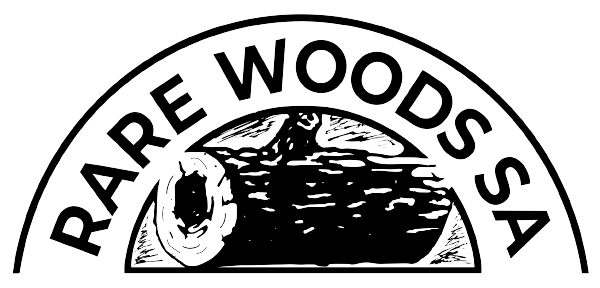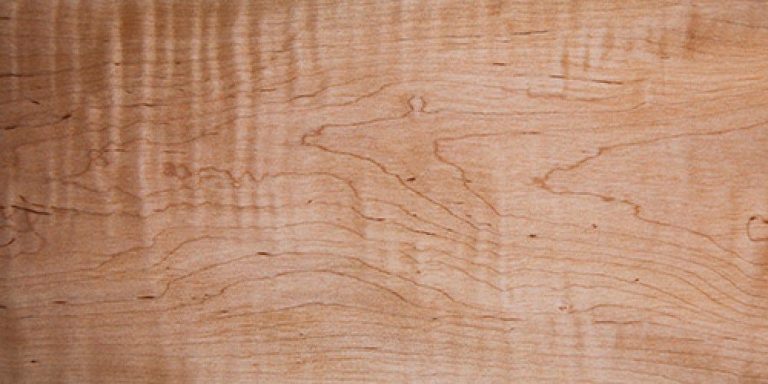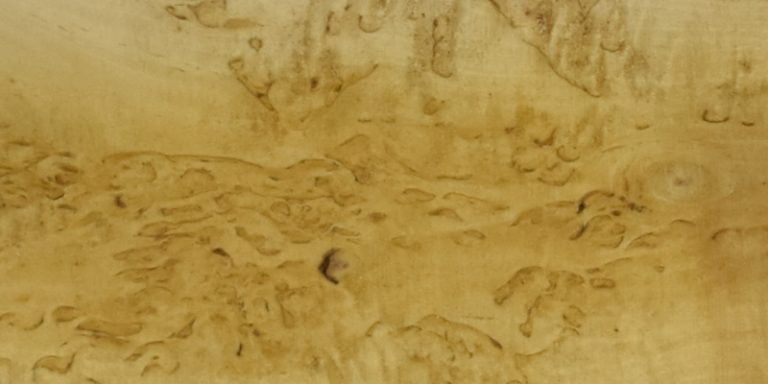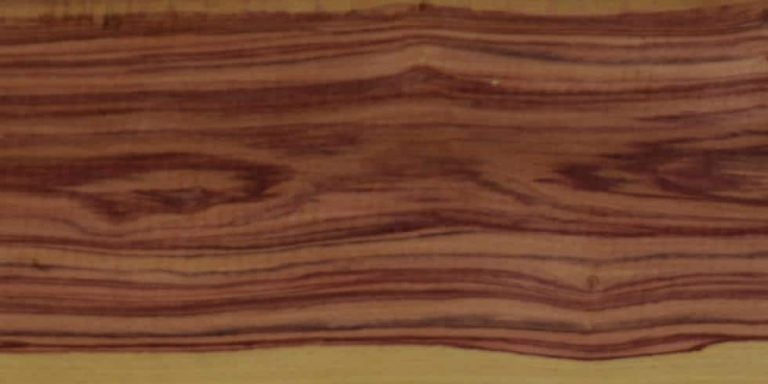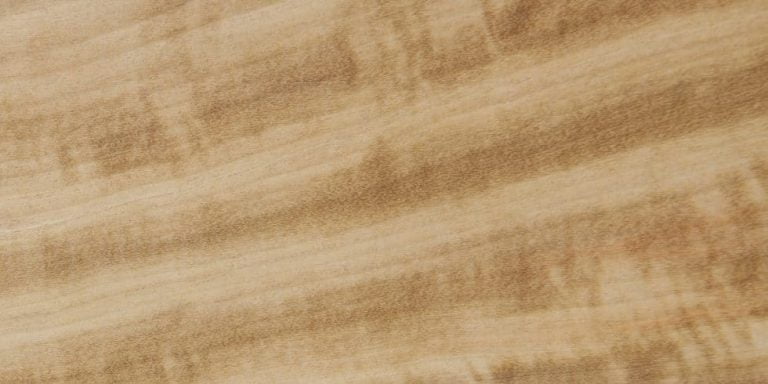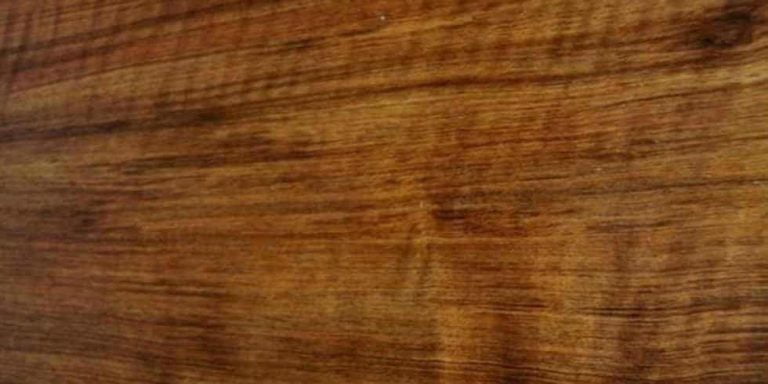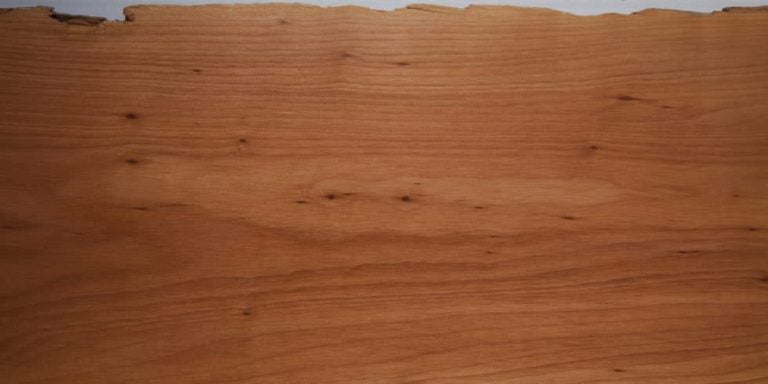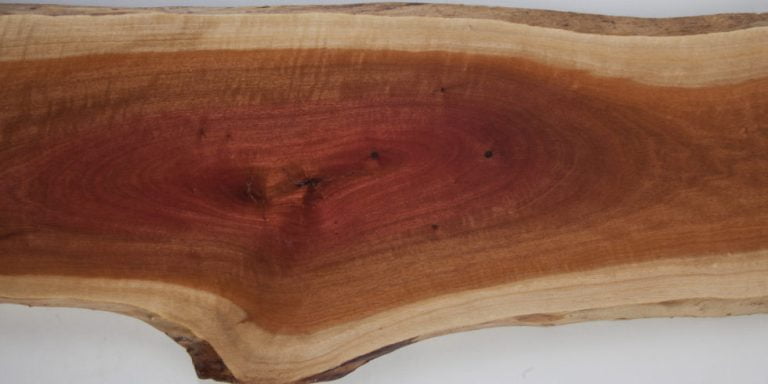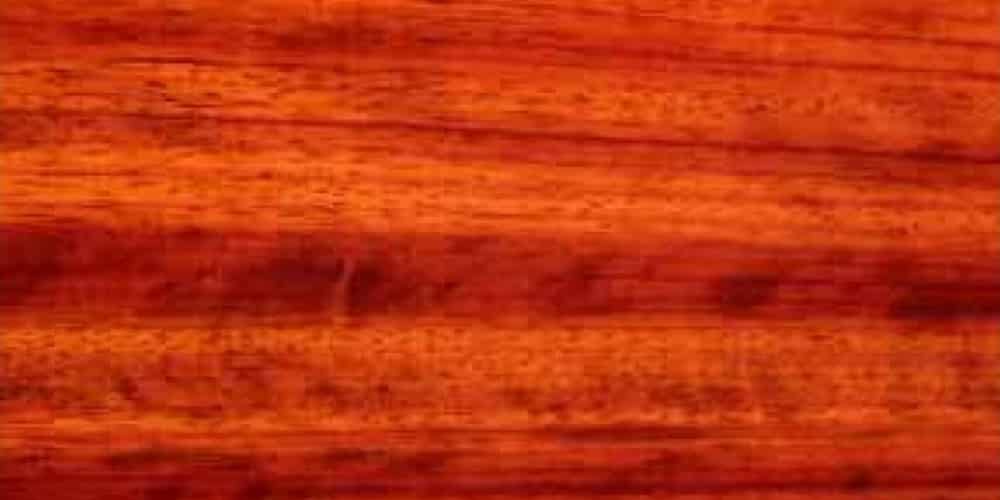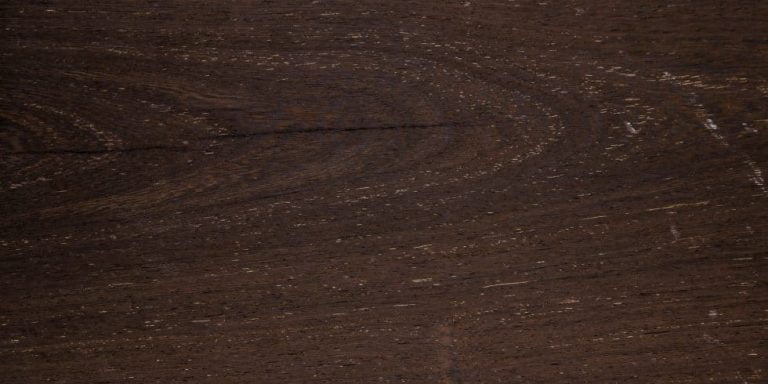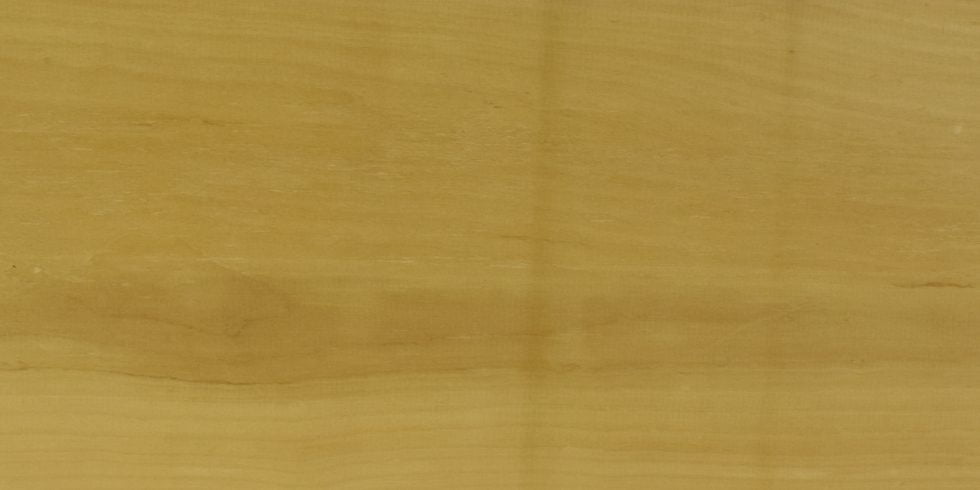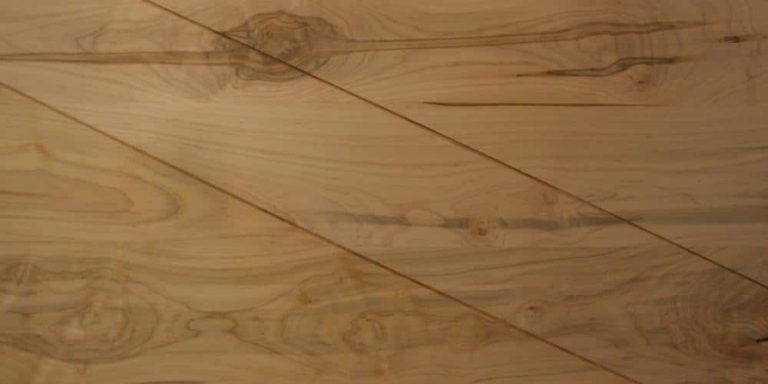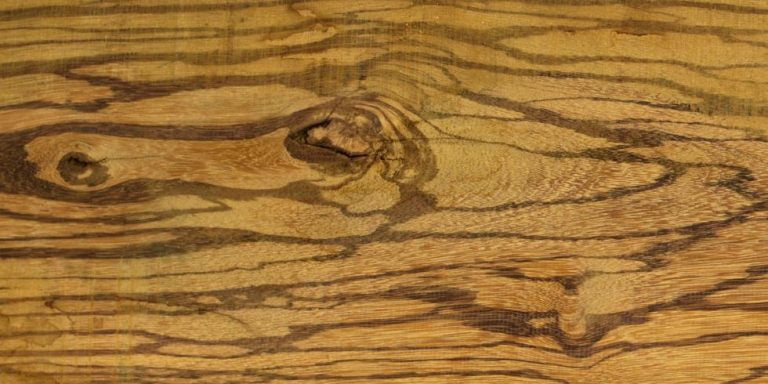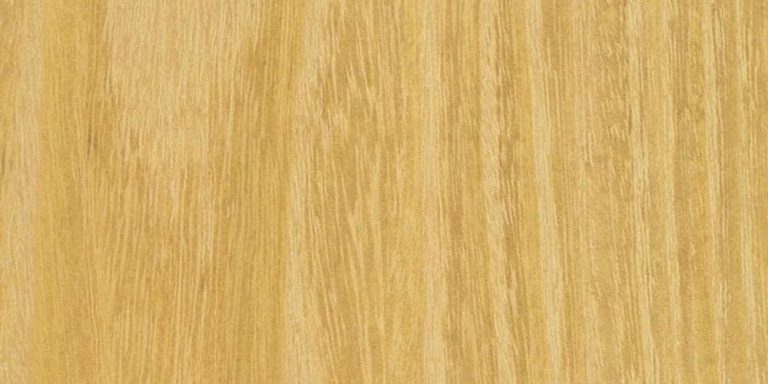cabinetry, flooring, furniture, lutherie, musical Instruments, specialty items, turnings, veneer
Detail
Common Uses
cabinetry, furniture, gun stocks, interior panelling, specialty items, turnings, veneer
Detail
Common Uses
bandings, bows, boxmaking, inlay, musical Instruments, pool cues, specialty items, turnings, veneer
Detail
Common Uses
boatbuilding, cabinetry, carving, flooring, furniture, gun stocks, joinery, paneling, specialty items, turnings, veneer
Detail
Common Uses
cabinetry, furniture, gun stocks, interior panelling, specialty items, turnings, veneer
Detail
Common Uses
cabinetry, flooring, furniture, gun stocks, joinery, lutherie, musical Instruments, specialty items, trim, turnings, veneer
Detail
Common Uses
cabinetry, flooring, furniture, joinery, millwork, musical Instruments, specialty items, turnings, utility lumber, veneer
Detail
Common Uses
boatbuilding, cabinetry, carving, construction, flooring, furniture, specialty items, turnings
Detail
Common Uses
cabinetry, carving, furniture, inlay, millwork, musical Instruments, turnings, veneer
Detail
Common Uses
chess pieces, inlay, knife handles, musical Instruments, pool cues, specialty items, turnings, veneer
Detail
Common Uses
boatbuilding, cabinetry, carving, decking, flooring, furniture, inlay, paneling, specialty items, turnings, veneer
Detail
Common Uses
boatbuilding, decking, flooring, furniture, millwork, specialty items, turnings, veneer
Detail
Common Uses
boatbuilding, cabinetry, carving, flooring, furniture, inlay, specialty items, trim, turnings, veneer
Detail
Common Uses
flooring, furniture, handles, specialty items, trim, turnings, utility lumber, veneer
Detail
Common Uses
boatbuilding, construction, flooring, furniture, handles, turnings, walking sticks
Detail
Common Uses
cabinetry, canoes, carving, flooring, furniture, handles, oars, paneling, specialty items, turnings, veneer
Detail
Common Uses
boatbuilding, cabinetry, flooring, furniture, specialty items, turnings, utility lumber, veneer
Detail
Common Uses
boatbuilding, cabinetry, flooring, furniture, specialty items, turnings, utility lumber, veneer
Detail
Common Uses
carving, construction, fencing, flooring, furniture, turnings, utility lumber
Detail
Common Uses
cabinetry, carving, flooring, furniture, lutherie, specialty items, turnings, veneer
